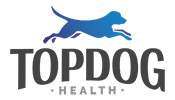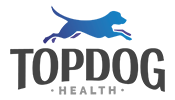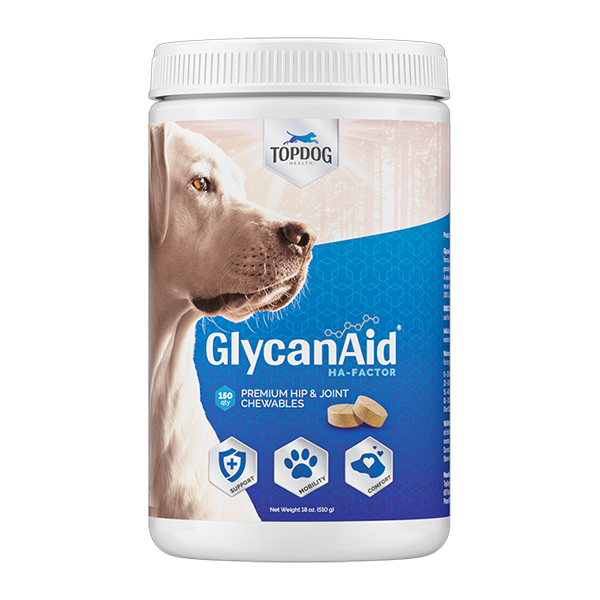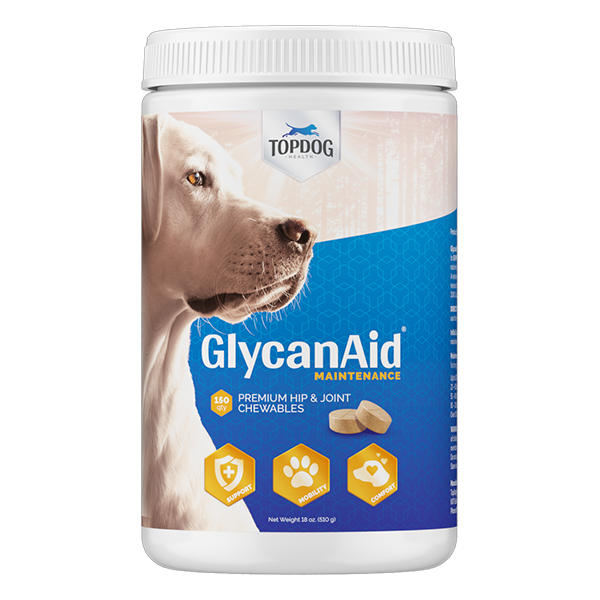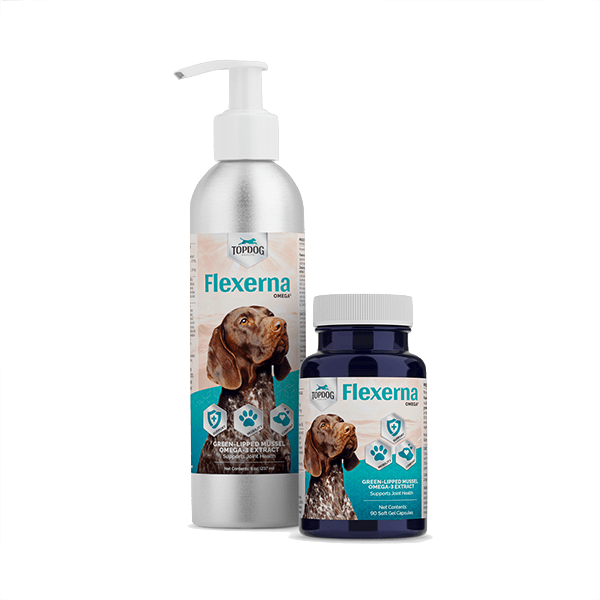If you know anything about me, you know that this is a topic that I am extremely passionate about. If you do not know me, then hold onto your britches because this ride is going to get a little bumpy.
First, let me tell you a brief story:
In my last year of veterinary school, the university had just started a canine rehabilitation program. If you are not familiar with this term, it was created to distinguish itself from physical therapy. Why do you ask? The reason is that physical therapy itself is reserved for the treatment of humans. Physical therapists deserve the right to protect their professional name, being that they have completed a master’s program or, as of 2010, a doctorate, whereas the canine rehabilitation programs are only certificate programs. That means that veterinarians or physical therapists can become certified in canine rehabilitation. Though canine rehabilitation itself has roots dating back as far as the early 80s, it still did not gain mass popularity until the last ten years or so.
Striking a Chord:
The concept of post-surgical physical therapy for animals hit a chord with me and my passion for the field grew very quickly. In 2004, I opened my first canine rehabilitation facility called, “TopDog Canine Rehabilitation & Fitness”, located in Hamden, Connecticut. At the time, like most entrepreneurs, I had the misconception that “if I built it, they would come”. I quickly realized that this was not the case, and it was going to take years of continued education and proof that rehabilitation works before my business was going to be consistently busy. I also knew in my heart that it was just a matter of time until canine rehabilitation would be acknowledged and respected as one of the fundamental disciplines of the animal health industry.
Ninety percent of the patients who I was treating came to me because the owner themselves tracked me down. Their veterinarians never mentioned rehabilitation as an option. At first, I got really angry that my colleagues did not see the value in canine rehabilitation. Over time I came to understand that it is simply hard to “teach an old dog new tricks,” no pun intended. Most veterinarians had never had direct exposure to canine rehabilitation other than reading about it in trade journals.
It Gets Worse:
At each post-surgery initial consultation with the pet owner, I would ask them to bring me the take-home instructions, which they had been sent home with from their veterinarian. This is when I started to get mad. It was shocking! These clients had just spent thousands of dollars on their pets’ orthopedic surgery, from ACL repairs to Total Hip Replacements, and yet they were sent home with literally no instructions, just a thank you, good luck, and pay at the desk.
There was never any mention of icing, heating, massage, range of motion, stretching, or any strengthening exercises whatsoever. These simple to perform therapies and exercises are the basics for a successful recovery, yet they were, and still are, being completely neglected.
Think about it for two seconds. If this were a person having major orthopedic surgery, what would the aftercare look like for them? It would be obvious that icing, moist heating, range of motion, and professional physical therapy would play a major role in post-surgical aftercare. If this is the standard of care for people, then don’t you think this should be the standard of care for our pets, as well? Don’t you think that your veterinarian should be recommending this to you?
Well, at this point, I got downright mad and decided that I was going to change this forever. For years I had been writing detailed, personalized instructions for my clients on what they should be doing at home with their dogs in between therapy sessions with me. Most of the time, much of what I was writing was repetitive. Therefore, I began putting together handouts on the fundamental basics of rehabilitation. Today, these instruction guides are known as the TopDog Home Rehabilitation Guides: Step-by-Step Instructions to Post-Surgical Home Therapy for Pet Owners.
Since 2007, thousands of pet owners have used these guides to help their dogs recover and we are very proud of that.
A Message to My Veterinary Colleagues:
Before I get a little brash here, let me preface with this. I love my profession from the bottom of my heart and I love the veterinary oath, which we all vow to live by. I also truly care about and respect all of my colleagues for their kind hearts and dedication to animals. With that being said, sometimes you have to be a little stern for people to pay attention, so here we go…
Dear colleagues:
If you are not taking the time to educate your clients on how to properly and safely help their dogs recover after major orthopedic surgery, then shame on you.
If you are not referring your clients to a local rehabilitation facility after surgery, then shame on you.
On the other hand, if you are doing one or both of the above actions, then AWESOME! You are a great doctor and do not read any further.
Your clients are relying on you to be their primary and trusted source of information. Therefore, it is your responsibility to do your best, or at least, refer them to a place that will provide that credible information.
When it comes to client education information about post-surgical care and physical rehabilitation, TopDog Health & Rehabilitation is your source for this information. TopDog Home Rehabilitation Guides: The Step-by-Step Guide to Home Therapy for Pet Owners are detailed instructions that are packaged in a simple-to-follow and easy-to-understand format. These rehabilitation guides are available for purchase and distribution to your clients.
Listen to me: Your clients want more. They expect more, and they deserve more, especially when they are paying premium prices for these major orthopedic surgeries.
Unfortunately, your clients are still forced to go on the internet to get this information, which should have been provided by you in the first place.
To this day, it amazes me that we as veterinarians are so comfortable telling our clients that their dog has a 50% chance of blowing the opposite ACL within one year. Has anyone made the connection that this is because these dogs are not fully recovering from the first surgically-repaired leg the way they should be? Since the inception of TopDog Rehabilitation, we have seen thousands of post-ACL patients. Out of these thousands of dogs, we have only seen seven of them rupture their other ACL after going through our entire post-op therapy program. Interesting, right?
Don’t Be the Last One to Jump on Board
Even though we have thousands of praising testimonials and we have survey statistics to show that pet owners want this information, TopDog Home Rehabilitation Guides still have not reached even 1% of the total market.
We are not talking about client education when it comes to aftercare issues, such as soft tissue surgery or a dental procedure. These types of instructions are few and very straightforward. We are talking about major orthopedic surgery.
Take-Home for Pet Owners:
1) Expect the best from your doctor and the hospital.
2) Expect to receive explicit instructions on how you are going to help your dog get back to 100%.
3) If your veterinarian does not provide this information, or you want more information, you can download a FREE black and white version of the TopDog Home Rehabilitation Guide. Although these guides are not the newest color versions, the valuable information inside is still the same.
4) Do not ever hesitate to go online and learn more, but be careful what you read and believe, not every website is a credible source. At the end of the day, the more you are educated and informed, the better you will be able to help your pet recover.
5) Share the knowledge. If you downloaded a TopDog Home Rehabilitation Guide and found it useful, then, by all means, show it to your veterinarian and tell them about it.
